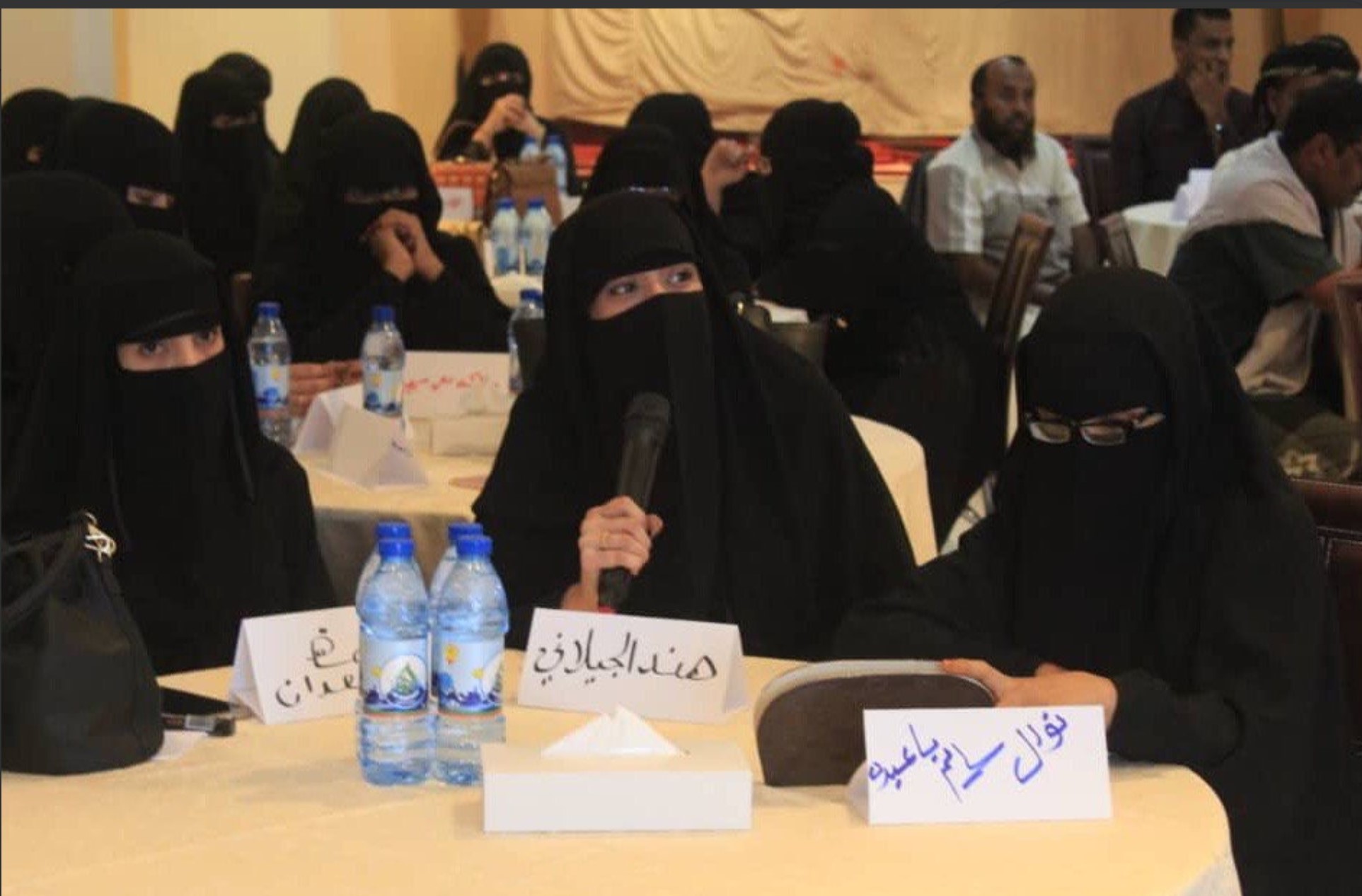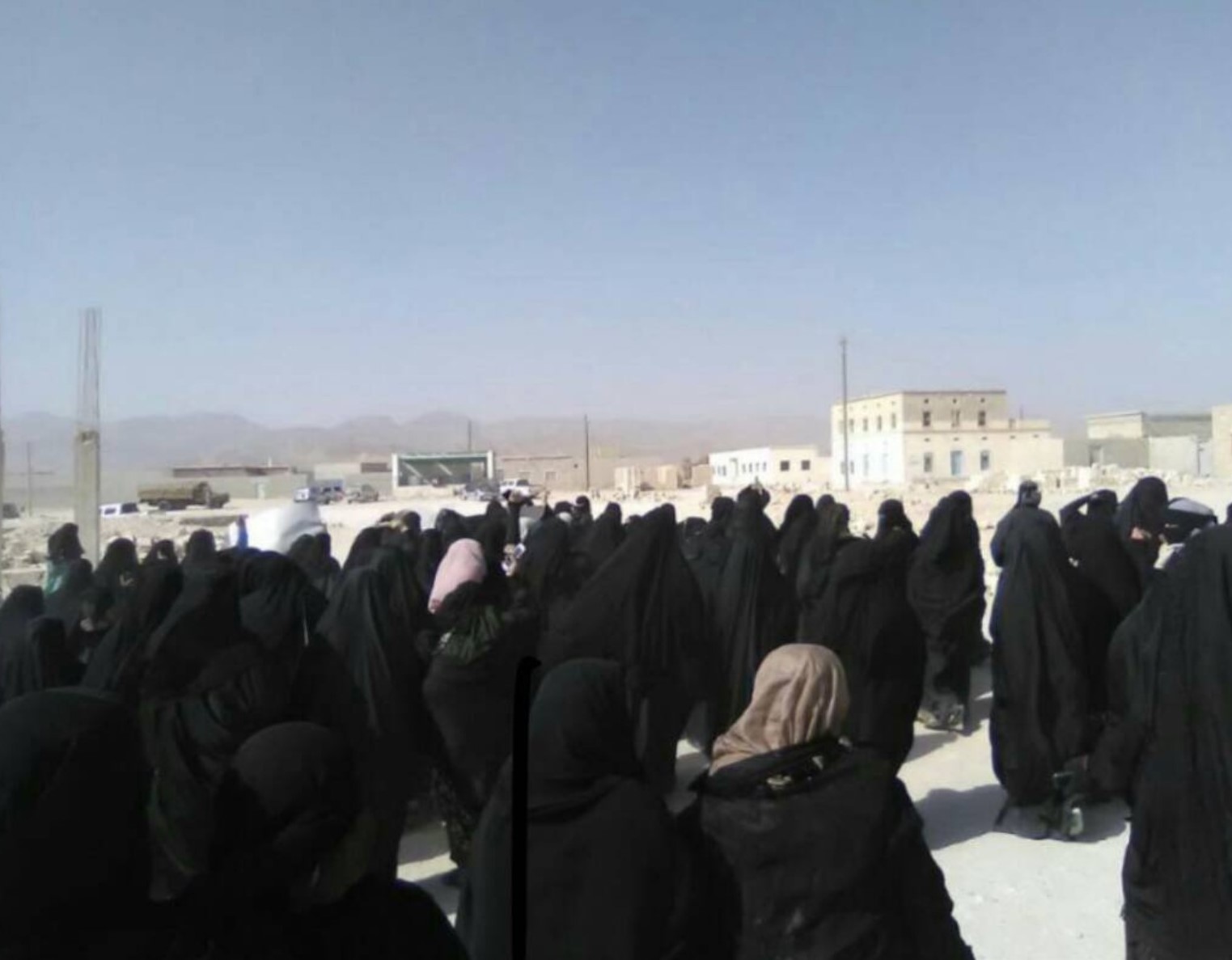In May of last year, following several months of archival research into Mahra, a region in Yemen, I traveled out to the Middle East to collect oral histories of Mahris. My research focused on the twentieth-century history and current politics of Mahra. The province of Mahra and its traditions are not generally well known. Situated in the easternmost part of Yemen, it shares borders with Oman and Saudi Arabia. Ruled by the British until 1967, it was then non-consensually incorporated into Communist South Yemen. Thus, culturally the region has always stood apart from Yemen. Unlike its neighboring regions, the people of Mahra do not speak an Arabic dialect. Instead, they speak Mehri, a very distinct Modern Semitic Language that is primarily oral. The unusual morphology and genealogy of Mehri has made it popular with linguists; however, the lack of a writing tradition means that other qualities of Mahri society and history have been mostly lost to a global audience. In the midst of my research into Mahra’s twentieth century politics and history, the unusual status of women in this unique society stood out as a fascinating mixture of traditional and radical.
Twenty days of interviewing Mahris that had immigrated to Oman and the UAE brought the roles of women in society into focus. While many questions on Mahra’s complex history and relationship with other regions of the Middle East were met with some level of hostility or closure, those about women were answered enthusiastically and with pride. As according to another Mahri, Ali Nasser, a Mahri woman is “the only woman in the Middle Eastern World who has full rights.” In another interview, Badr bin Ashoor al Mahri provided further details. He, too, was determined to emphasize that in all parts of Mahri society “the role of women was very important; the woman is like the queen and the king of the house.” According to him (and the surrounding cousins that chimed in), men would traditionally do the cooking and cleaning while women would bear the children and work as shepherds tending the goats. Although men were often the ones who brought in money for the family, it was the women who often controlled it. Badr also revealed that children were often identified by their mother’s rather than their father’s name. In my research, I came across a paper by Yemeni scholar Vitaly Naumkin which writes of an example in which such matrilineage extended to a tribe itself with Bar Tafle of Bet-Ma’kaf being named after a woman rather than a man. This same paper from the twenty-eighth meeting of the Seminar for Arabian Studies held at Oxford in 1994 on “Tribe, Family and State in Mahra and Socotra” also exposed details about marriage and divorce: not only could women have extra-marital affairs. They could instigate them. It was far from unusual for a woman to have multiple marriages. Divorce was relatively easy for them: they only had to say “al ‘ik,” or, “I don’t want you.” Multiple marriages did not entail a loss of status or reputation. In fact, according to Naumkin, when Socotran women divorced they could return to their paternal family with all of their property returned making it easier to re-marry afterward. Meanwhile, Ali Nassir revealed that within the marriage itself any form of violence – verbal or physical – towards women was met with disdain by society with men even being severely punished for their actions. In relation to this, it is perhaps worth considering the situation of women in the rest of Yemen: according to the United Nation’s 2017 Gender Inequality Index, Yemen at large stands at place 160 out of the 160 countries ranked.
The unusual role of women in Mahri society extended beyond marriage and the home. David J. Philips in 2001 and Bertram Thomas back in 1929 both commented on the lack of veiling of Mahri women and the tradition of painting faces with different colors (often blue and green stripes) for special occasions. Meanwhile, in her 2001 paper on gender and politics in Yemen, Sheila Carpaccio comments on the assertive and active qualities of Mahri women, especially in comparison to their Hadrami neighbors. As one Mahri pointed out during an interview, both the Mahri men and women were missing an education. And when the Mahra Tribal Council, established in 1963, attempted to introduce a more formalized education system, women were being included in such plans.
Sadly, the communist take-over of South Yemen by the National Liberation Front (NLF) in 1967 put a halt to such plans and as Mahris continue to point out, for women “everything changed.” The violence of the NLF’s actions was seen first in their dealings with members of the Mahra Tribal Council. Omar Bin Ashoor, the uncle of Badr and a key figure in the Mahra Tribal Council, was allegedly the first to be assassinated in September 1967. The story of his assassination in Al-Ghaydah – the capital of Mahra – was told to me multiple times throughout my interviews with Mahris, many of whom were his nephews or sometimes nieces. John Shipman, an Assistant Adviser to the East Aden Protectorate during the late 1960s, also wrote an account of Omar’s death in his diaries in which he describes him being “shot through the head at night as he was returning home after buying bread at the local bakery.” The subsequent fear of the NLF and lack of support from the British led the Mahra Tribal Council to collapse. The Council’s fall also ended the attempts made to educate the women of Mahra. However, while there was perhaps potential for a different yet positive direction for women in Mahra, the NLF largely ignored the development of the region after 1967, failing to greatly advance education for women. The NLF did address women’s rights, even going so far as to create a “Family Law” in 1974 that focused on many of the inequalities of marriage such as a women’s right to give consent for marriage and have access to apply for court separation from a husband on the same grounds of men. However, in light of my discoveries of Mahri traditional attitudes towards women, the “Family Law” fails to seem like much of an advancement in rights for the women of Mahra. Moreover, from my discussions with Mahris, given the lack of distinct involvement of the NLF in Mahra, it is unclear as to how strongly such a law was even implemented there.
The stories of Mahra women that I heard and read seemed overwhelmingly positive; however, the age of many articles I read, alongside my own experiences spending time with Mahris last year revealed how much of these attitudes towards women are in some ways a thing of the past. During my time spent with a Mahri family in Dubai, it quickly became clear that the younger generation of women – in their early twenties – were utterly unaware of this aspect of their society. Their parents had not made clear the women’s’ “traditional” roles in the home, perhaps because of a realization that if their family pursued the old systems of Mahra it would be harder for them to fit into their new home of Dubai. With Saudi-Arabia’s ever-increasing presence, the future of Mahri women inside of Mahra is unstable. Dr. Elisabeth Kendall, a professor of Jihadist poetry, has become increasingly involved in the politics of the region and revealed that while almost all Mahri women are now veiled, they have been playing a key role in protests against Saudi intervention. For example, in January 2018, women protested against the Saudi-supported plans for “construction of centers for extremist religious groups.” Even more recently, on September 25, Mahri women crossed the border into Oman to participate in a new ten-day training session to deliver a peace-building program in Mahra. Their involvement in such events demonstrates an example of female independent action in the midst of a country that is now known for its suppression of women, and the support of their male counterparts also suggests that Mahri women should be hopeful that they might return to their traditionally powerful role in society.
Photos of Mahri women protesting in January 2018 against “construction of centres for extremist religious groups” after the arrival of 100s of Salafis into Mahra. (taken from E. Kendall’s twitter)



